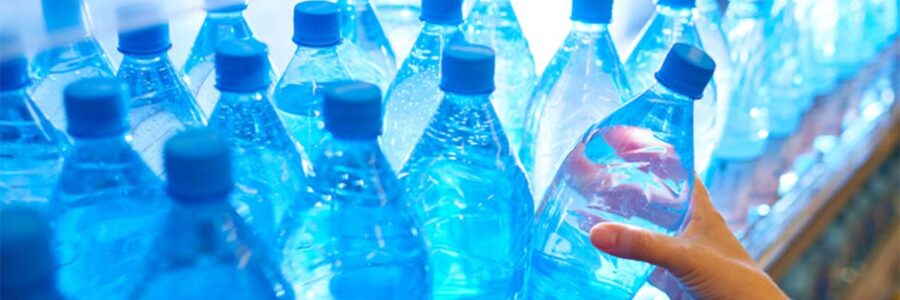Many people consider sparkling water as a healthy alternative to soda. Still, recent studies have revealed that some sparkling bottled water brands contain toxins that can harm human health. In this article, we’ll take a closer look at the toxins in sparkling water, the worst offenders among popular brands, and how to minimize your exposure to them.
What are Toxins in Sparkling Water?
Per- and polyfluoroalkyl substances (PFAS) are a group of synthetic chemicals present in many products, including nonstick cookware, stain-resistant fabrics, food packaging, and cleaning products. These chemicals have earned the nickname “forever chemicals” because they do not break down in the environment. They are also present in some brands of sparkling bottled water. PFAS have been linked to health problems such as low birth weight, disrupted metabolism, impaired immune system, cancer, and thyroid hormone disruption. [1, 2]
Heavy Metals in Sparkling Water
Aside from PFAS, some sparkling bottled water brands also contain heavy metals such as arsenic, cadmium, lead, and mercury. These heavy metals are toxic to humans and can cause various health problems, including organ damage and cognitive impairment. [3-6]
Worst Offenders Among Popular Brands
Consumer Reports conducted a study that tested nearly 50 bottled water brands for PFAS, and the results showed that sparkling waters had the highest concentration of these toxins. The report identified several brands that exceeded the safe limit of 1 part per trillion (ppt) for PFAS exposure, including Topo Chico, Polar Natural Seltzer Water, Bubly Blackberry Sparkling Water, Poland Spring Zesty Lime Sparkling Water, Canada Dry Lemon Lime Sparkling Seltzer Water, LaCroix Natural Sparkling Water, and Perrier Natural Sparkling Mineral Water. [1, 7]
Safe Alternatives
If you enjoy sparkling water, consider investing in a soda water machine as a safer alternative. Not only do these machines produce sparkling water without a plastic bottle, but they can also help minimize exposure to toxins.[5]
Mitigating Toxin Exposure
There are three ways to mitigate your exposure to toxins from sparkling water and other sources. First, consider using a binder like TrueCarbonCleanse® to prevent the absorption of toxins like heavy metals. Secondly, make informed choices to minimize your exposure to toxins. Lastly, use a zeolite like CytoCleanse® to eliminate toxins from your cells and tissues.
Conclusion
Sparkling water is a popular beverage choice, but some brands contain harmful toxins such as PFAS and heavy metals. By being aware of these toxins, you can make informed choices about which brands to buy and how to minimize your exposure to toxins. In addition, investing in a soda water machine and using binders and zeolites can help you enjoy sparkling water safely.
References:
- Felton, R. (2020, September 24). What’s really in your bottled water? Consumer Reports. https://www.consumerreports.org/bottled-water/whats-really-in-your-bottled-water/
- EPA. (2021, February 22). Basic information on PFAS. https://www.epa.gov/pfas/basic-information-pfas
- ATSDR. (n.d.). Toxicological profile for arsenic. Agency for Toxic Substances and Disease Registry. https://www.atsdr.cdc.gov/toxprofiles/tp.asp?id=22&tid=3
- CytoDetox®. (n.d.). What is CytoDetox®. https://www.cytodetox.com/what-is-cytodetox/
- Consumer Reports. (n.d.). Best soda makers from Consumer Reports’ tests. Consumer Reports. https://www.consumerreports.org/soda-makers/best-soda-makers-from-consumer-reports-tests-a3296987937/
- ATSDR. (n.d.). Toxicological profile for cadmium. Agency for Toxic Substances and Disease Registry. https://www.atsdr.cdc.gov/toxprofiles/tp.asp?id=48&tid=15
- ATSDR. (n.d.). Toxicological profile for lead. Agency for Toxic Substances and Disease Registry. https://www.atsdr.cdc.gov/toxprofiles/tp.asp?id=96&tid=22


